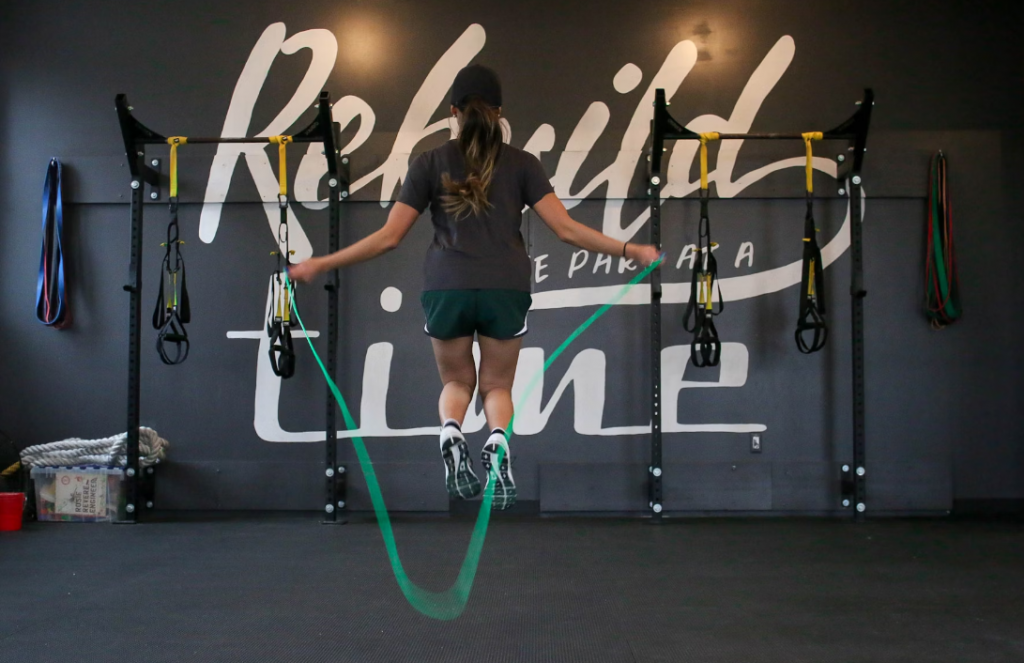Jumping is an essential skill that transcends sports and physical activities. Whether you’re trying to dunk a basketball, spike a volleyball, or just reach for that top shelf, understanding how to maximize your vertical leap can significantly enhance your performance. This article delves into the mechanics of jumping, the physics behind it, and the techniques you can use to jump higher.
Understanding the Basics of Jumping
What is Vertical Jumping?
Vertical jumping is the act of propelling yourself off the ground vertically. It’s not just about raw strength; it requires a combination of power, technique, and coordination. A high vertical jump is essential in many sports, where the ability to leap can be the difference between scoring and missing an opportunity.
Why is Vertical Jumping Important?
Vertical jumping is crucial for athletes in sports like basketball, volleyball, and track and field. It can improve performance in games, help in defensive plays, and create scoring opportunities. Beyond sports, enhancing your vertical leap can boost overall fitness, coordination, and agility, making it a valuable skill for anyone.
The Physics Behind Jumping
Newton’s Laws of Motion in Jumping
Jumping is a practical application of Newton’s laws of motion. To jump, you exert a force against the ground. According to Newton’s third law, for every action, there is an equal and opposite reaction. When you push down on the ground, the ground pushes you up, propelling you into the air.
Force and Acceleration
The force you generate during a jump is a product of your muscle strength and speed. The faster you can apply force to the ground, the higher you can jump. This relationship can be summarized by the equation:
F=maF = maF=ma
Where FFF is force, mmm is mass, and aaa is acceleration. Increasing either the mass (muscle strength) or acceleration (speed of movement) will enhance your jumping ability.
Gravity’s Role in Jumping
Gravity is the force that pulls you back down after you’ve jumped. The height you achieve during your jump is determined by the force you generate against gravity. The greater the initial force you exert, the higher you can overcome gravitational pull before descending.
Biomechanics of Jumping
Muscle Groups Involved
Jumping involves multiple muscle groups working in concert. Key muscles include:
- Quadriceps: These muscles at the front of your thighs extend your knees during the jump.
- Hamstrings: Located at the back of your thighs, they help in bending the knees.
- Calves: The calf muscles play a crucial role in the explosive push-off.
- Glutes: These powerful muscles provide the necessary force to propel your body upward.
Joint Movement During a Jump
The mechanics of a jump also involve several joints, primarily the knees and ankles. Proper joint movement allows for a more effective energy transfer. A typical jumping motion starts with bending your knees and hips, storing energy, and then rapidly extending those joints to push off the ground.

Techniques to Improve Your Vertical Leap
Strength Training
To maximize your vertical leap, focus on strength training. Building muscle mass, particularly in the legs, can significantly improve your jump. Here are some key exercises:
Key Exercises for Jumping Higher
- Squats: They strengthen your quadriceps, hamstrings, and glutes.
- Deadlifts: Great for overall leg strength and power.
- Lunges: Target your leg muscles and improve balance.
- Leg Press: Focuses on the major muscles used in jumping.
Plyometric Training
Plyometric exercises help develop explosive power, crucial for jumping. These exercises focus on quick, powerful movements.
Incorporating Plyometrics into Your Routine
- Box Jumps: Jump onto a sturdy box or platform to build explosive strength.
- Depth Jumps: Step off a box and jump immediately upon landing to train your muscles for quick rebound.
- Jumping Jacks: Incorporate variations like tuck jumps or squat jumps for added intensity.
Proper Jumping Technique
A proper jumping technique can make a world of difference. Here’s a basic guide:
- Start Position: Stand with your feet shoulder-width apart.
- Crouch: Bend your knees and lower your hips as if sitting back in a chair.
- Swing Arms: As you push off, swing your arms upward to generate additional lift.
- Jump: Push through your heels, extend your legs, and aim to land softly on your toes.
Common Mistakes and How to Avoid Them
Poor Form
One of the most common mistakes is having poor form. If your knees cave in or your back rounds during a jump, you’re not only reducing your jump height but also risking injury. Always focus on maintaining good posture and alignment.
Neglecting Flexibility
Many jumpers forget about flexibility. Tight muscles can restrict your movement and limit your jump height. Incorporate stretching into your routine to enhance your flexibility, particularly in your hips and legs.
Tracking Your Progress
Using Technology for Jump Measurement
To truly understand your improvement, consider using technology. Devices like vertical jump mats and apps can measure your jump height accurately, allowing you to track progress over time.
Setting Realistic Goals
Setting achievable goals is essential for maintaining motivation. Whether it’s improving by a few inches or perfecting your technique, having clear targets will help you stay focused and committed.
Conclusion
Maximizing your vertical leap is a multifaceted endeavor that requires understanding the mechanics of jumping, applying the right training techniques, and maintaining good form. By focusing on strength training, plyometrics, and proper technique, you can significantly enhance your jumping ability. Remember, consistency is key. Track your progress, adjust your training as needed, and soon you’ll be soaring higher than ever before!